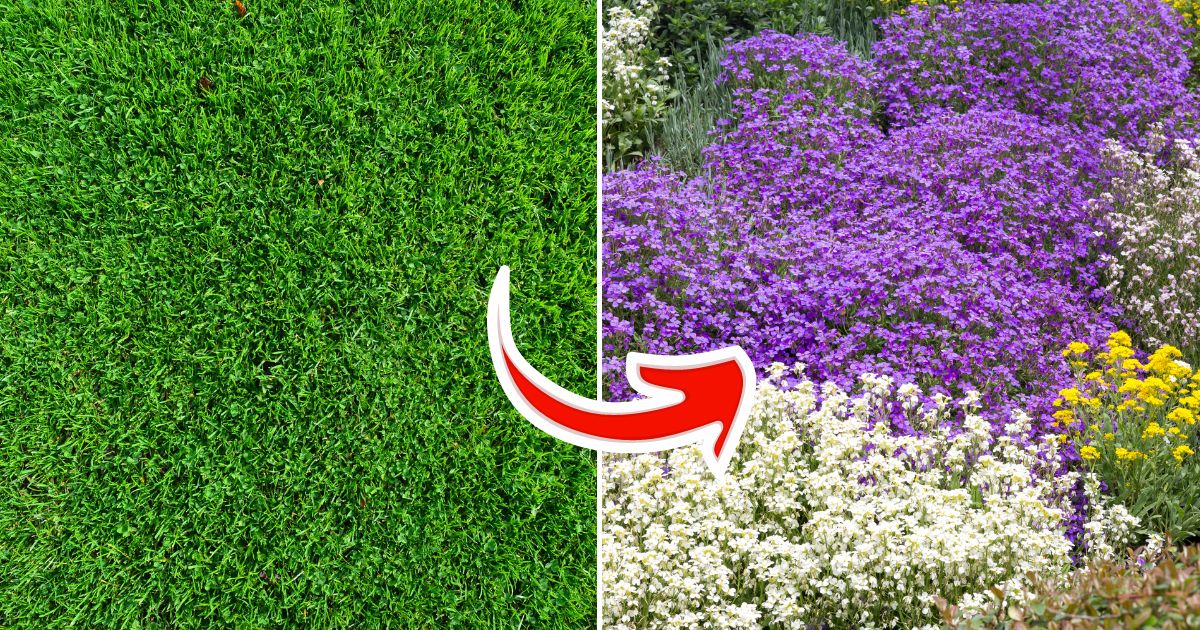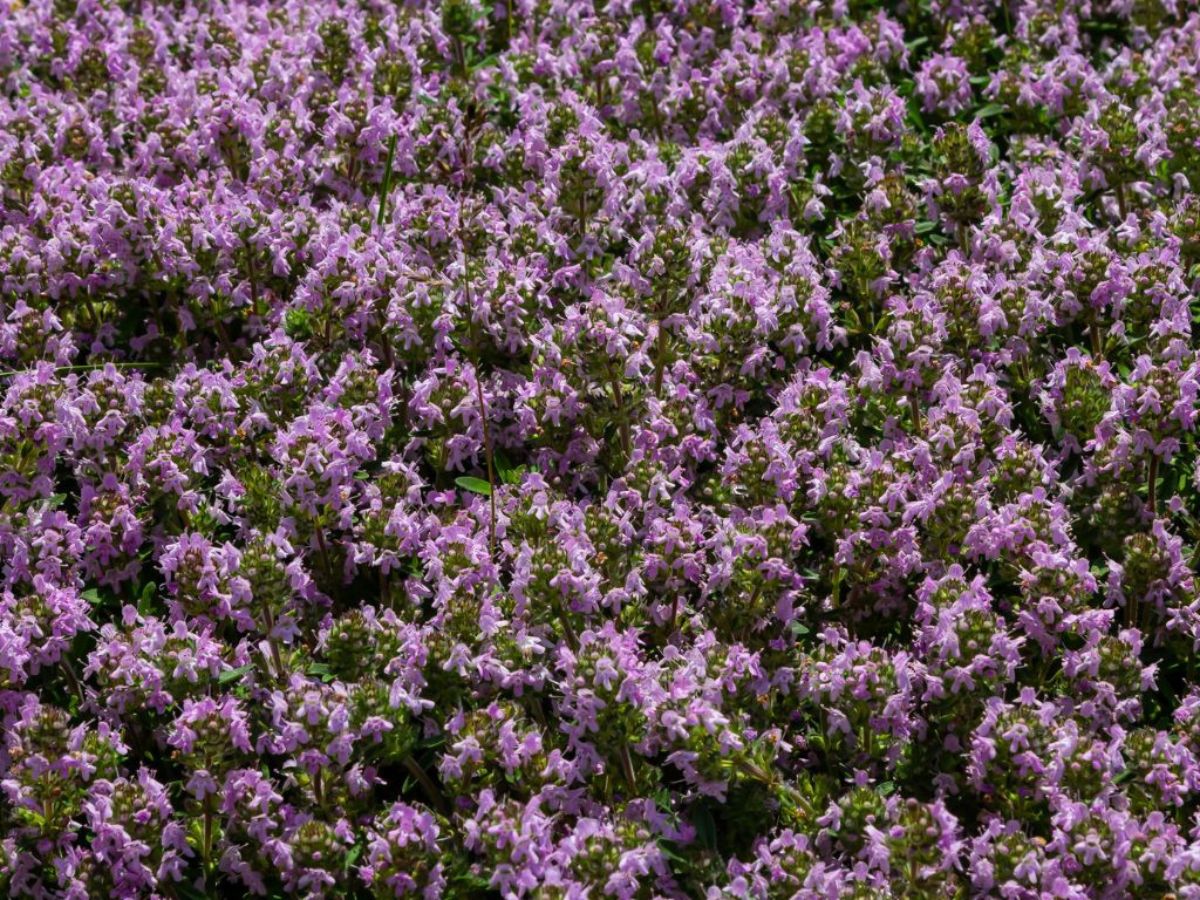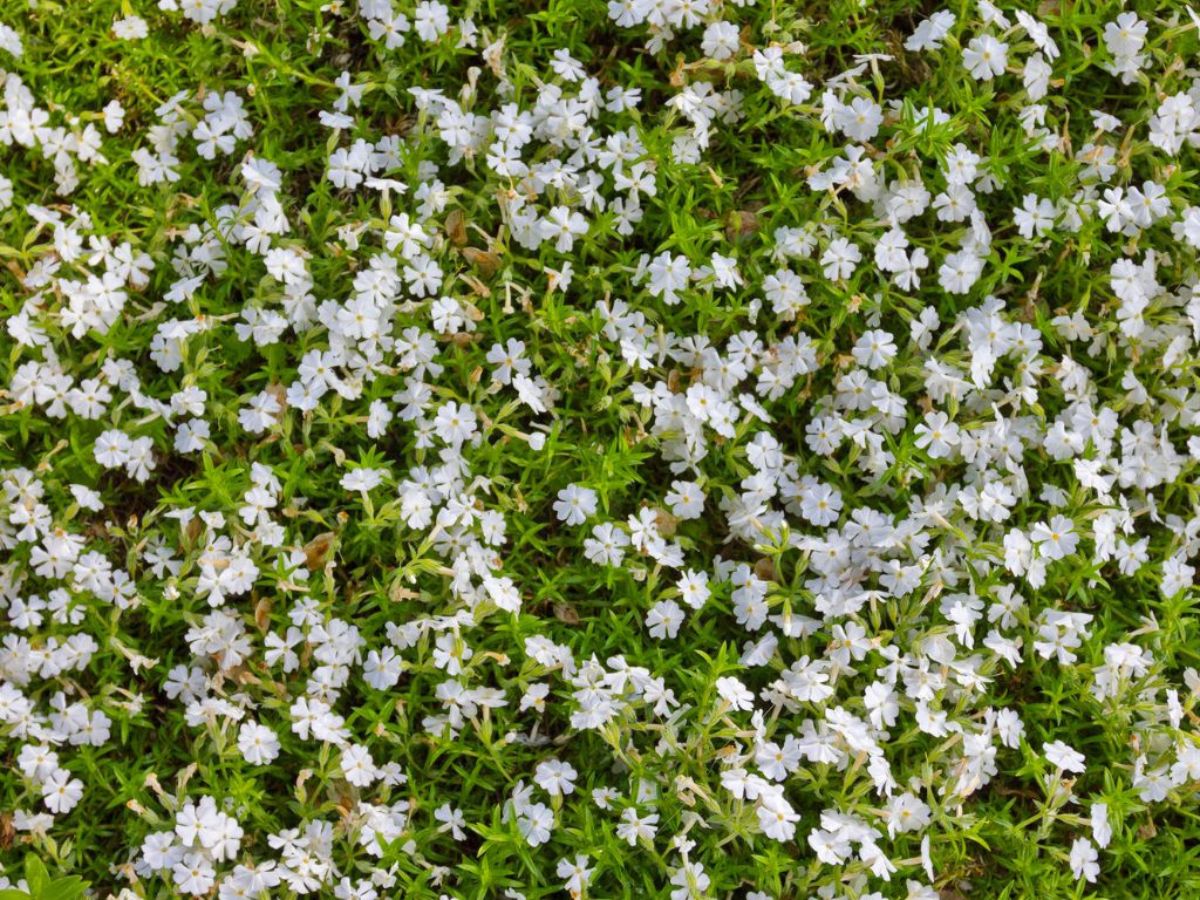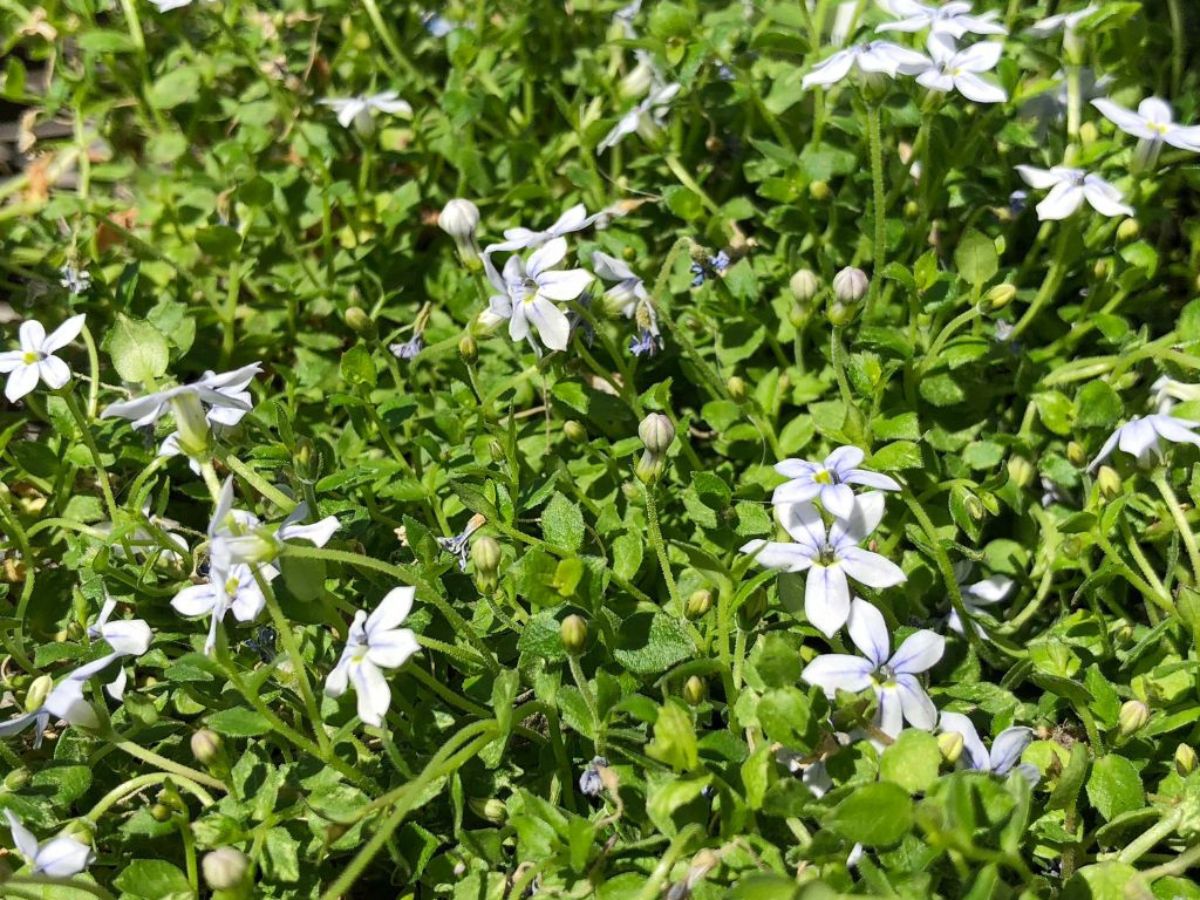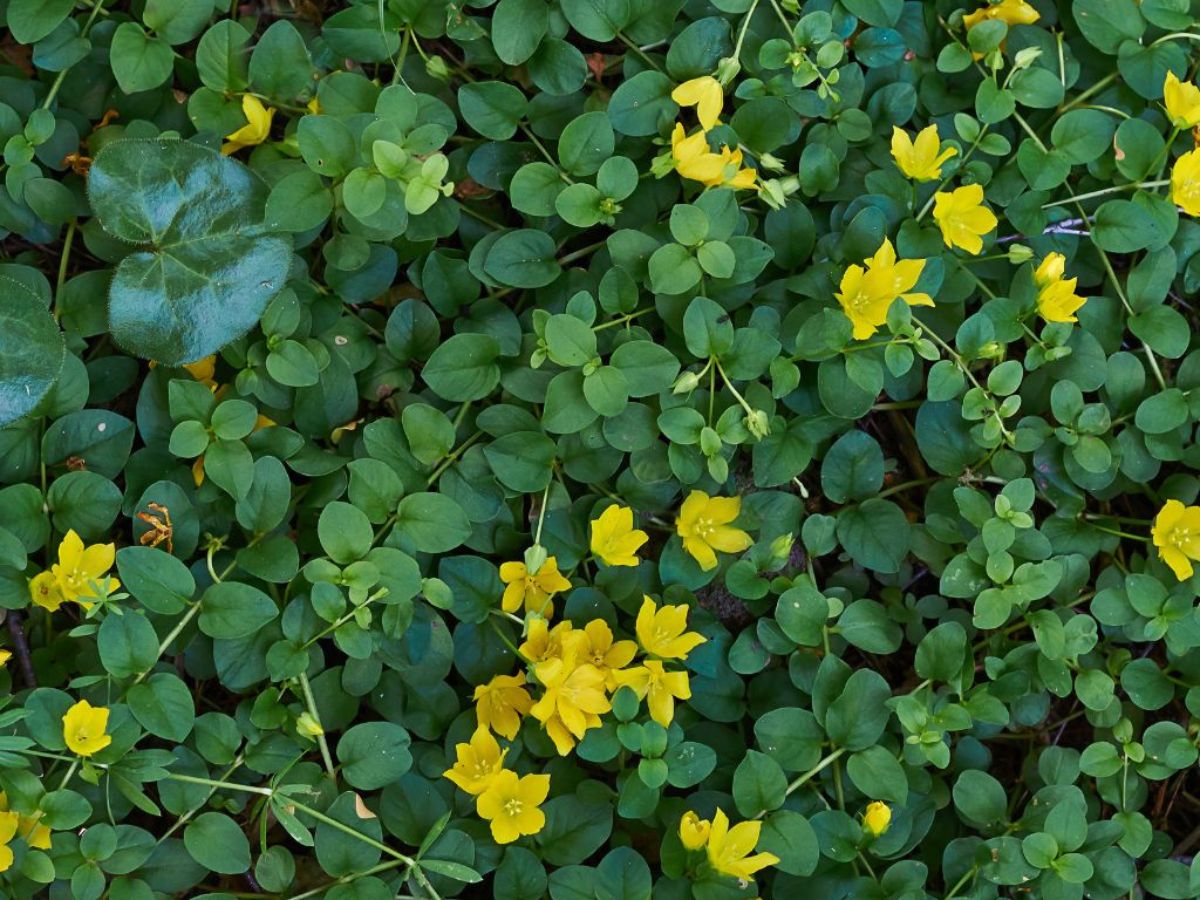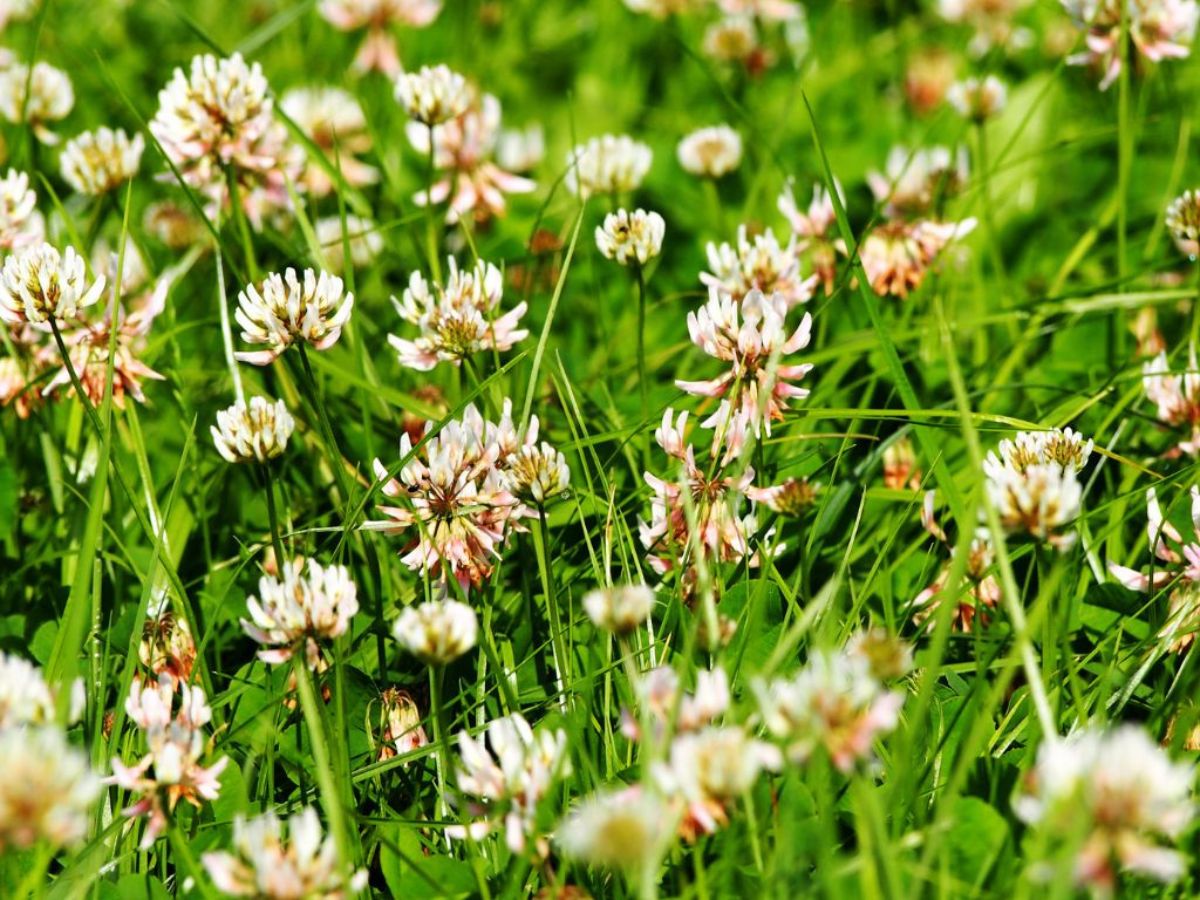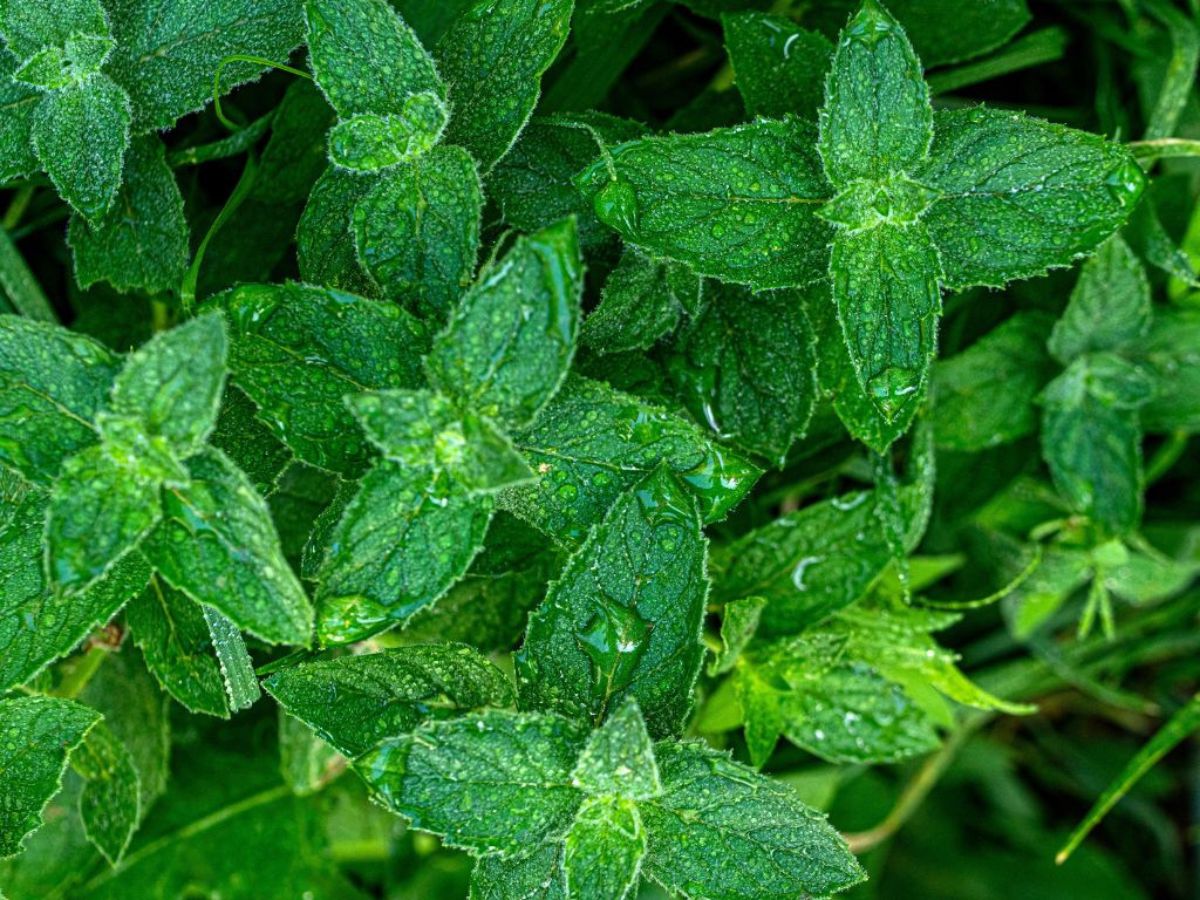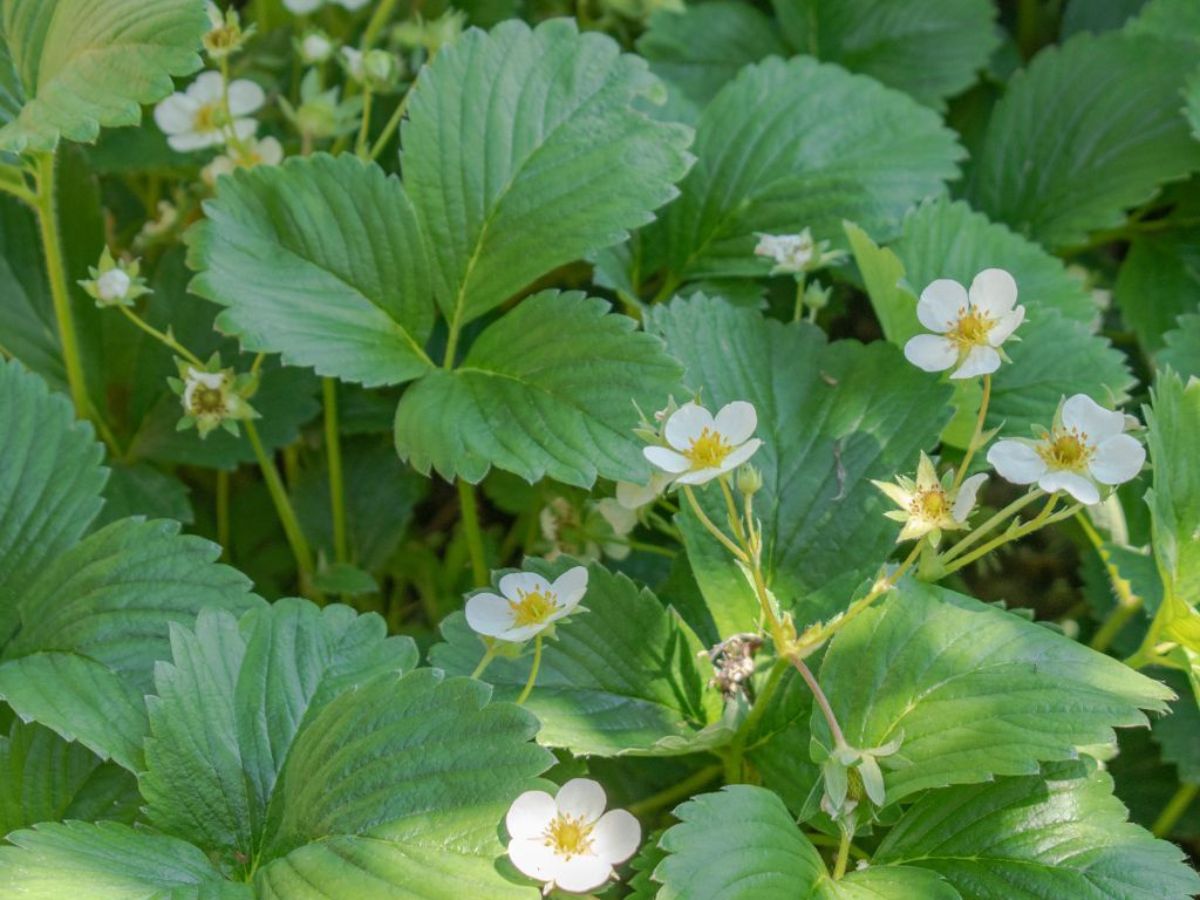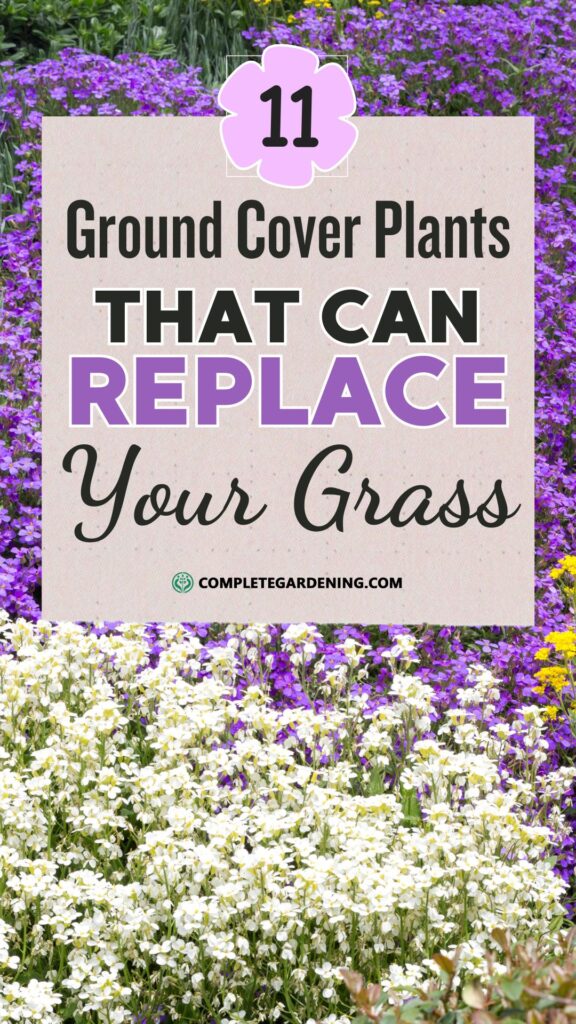Are you tired of maintaining a traditional grass lawn that demands constant watering, mowing, and fertilizing? If so, you’re not alone.
More and more homeowners are seeking low-maintenance, environmentally friendly alternatives to the traditional grass lawn. Ground cover plants offer an attractive, practical solution.
Not only do they reduce the need for frequent upkeep, but they also enhance biodiversity and add aesthetic value to your garden.
Here’s a look at 11 ground cover plants that can replace your grass and transform your landscape.
1. Creeping Thyme (Thymus serpyllum)
Creeping Thyme is an excellent option for replacing grass, especially in sunny areas. This low-growing herb spreads quickly, forming a dense mat of fragrant, tiny leaves.
In the summer, it bursts into bloom with small purple, lavender, or white flowers, creating a carpet of color that attracts pollinators.
Creeping Thyme is drought-tolerant and thrives in well-draining soil, making it ideal for rock gardens, between pavers, or as a full lawn replacement. Plus, it can handle light foot traffic, releasing a pleasant aroma with each step.
2. Creeping Phlox (Phlox subulata)
Creeping Phlox is a popular perennial that offers a vibrant alternative to traditional grass. This plant spreads to form a low-growing mat, which, in spring and early summer, is covered with masses of colorful flowers in shades of pink, purple, white, red, and blue.
Creeping Phlox is perfect for adding a splash of color to your garden, and it thrives in full sun to partial shade. It’s low-maintenance, drought-resistant once established, and ideal for covering slopes or rocky areas.
3. Moss (Bryophyta)
For shady areas where grass struggles to grow, moss is an excellent ground cover alternative. Mosses are non-vascular plants that absorb moisture directly from the air, making them perfect for damp, shaded spots.
While moss may not tolerate heavy foot traffic, it’s a beautiful, lush option for areas under trees or in between stepping stones. Moss requires minimal maintenance, doesn’t need mowing, and adds a serene, woodland feel to your garden.
4. Blue Star Creeper (Isotoma fluviatilis)
Blue Star Creeper is a low-maintenance ground cover that thrives in full sun to partial shade. It forms a dense mat of small, star-shaped blue or white flowers from late spring through early fall.
This plant is particularly useful for filling in gaps between pavers or covering large areas in your garden. While Blue Star Creeper can tolerate some foot traffic, it’s best used in areas where it won’t be walked on frequently.
It’s an ideal choice for USDA Zones 6-8, providing a lush, flower-filled alternative to grass.
5. Creeping Jenny (Lysimachia nummularia)
Creeping Jenny is a fast-growing, low-maintenance ground cover that thrives in both sun and partial shade.
This plant produces bright green leaves that turn golden in full sun and vibrant yellow flowers in summer. Creeping Jenny spreads quickly, making it an excellent choice for covering large areas or adding color to shady spots.
However, it can be invasive, so regular pruning may be necessary to keep it in check. It’s a great option for areas with moist soil, but it can also tolerate some drought once established.
6. Stonecrop (Sedum spp.)
If you’re looking for a ground cover that thrives in dry, sunny areas, Stonecrop is an excellent choice. These succulents are known for their thick, fleshy leaves and star-shaped flowers that bloom in various colors, including pink, red, yellow, and white.
Stonecrop forms dense mats that are perfect for rock gardens, slopes, or as a low-maintenance lawn replacement. They require very little water and are incredibly hardy, making them ideal for drought-prone regions.
7. Microclover (Trifolium repens var. Pipolina)
Microclover is a compact variety of white clover that’s gaining popularity as a lawn alternative. Unlike regular clover, Microclover has smaller leaves and grows closer to the ground, creating a dense, green lawn that’s soft underfoot.
It’s a nitrogen-fixing plant, meaning it adds nutrients to the soil, reducing the need for fertilizers. Microclover is also drought-tolerant and can handle moderate foot traffic, making it a practical and eco-friendly lawn replacement.
8. Corsican Mint (Mentha requienii)
Corsican Mint is a tiny, low-growing plant that’s perfect for shady areas or between stepping stones. This plant forms a dense carpet of fragrant leaves that release a minty scent when crushed.
Corsican Mint prefers moist, well-draining soil and partial shade, and it’s an excellent choice for adding a lush, aromatic ground cover to your garden.
While it can tolerate light foot traffic, it’s best used in areas where it won’t be stepped on too often.
9. Wild Strawberries (Fragaria × ananassa)
For those who love the idea of combining beauty with practicality, wild strawberries make an excellent ground cover. These low-growing plants spread quickly, forming a dense mat of green leaves, white flowers, and, eventually, bright red berries.
Wild strawberries thrive in full sun to partial shade and can be used in areas where grass is difficult to grow.
However, they don’t tolerate heavy foot traffic, so they’re best suited for decorative areas rather than pathways.
10. Hosta (Hosta spp.)
Hostas are a popular choice for shady gardens, known for their large, lush leaves that come in a variety of colors and patterns.
While they don’t spread as quickly as some other ground covers, Hostas can be grouped together to create a beautiful, low-maintenance lawn alternative in shady areas.
Mini Hostas are particularly useful for small spaces, and their attractive foliage adds texture and color to your garden. Hostas are also great companions for other ground covers like Creeping Jenny, creating a diverse and vibrant landscape.
11. Bugleweed (Ajuga reptans)
Bugleweed is a versatile ground cover that thrives in partial shade and forms a dense mat of glossy leaves in shades of green, bronze, or purple.
In spring, it produces spikes of blue, purple, or white flowers that attract pollinators. Bugleweed is fast-growing and low-maintenance, making it an ideal choice for covering large areas quickly.
However, it can be invasive, so it’s important to keep it contained to prevent it from spreading to unwanted areas.
Replacing your grass lawn with ground cover plants not only reduces maintenance but also enhances the beauty and biodiversity of your garden.
Whether you’re looking for vibrant flowers, aromatic herbs, or lush greenery, there’s a ground cover plant that’s perfect for your space.
Consider your local climate, soil conditions, and the amount of foot traffic the area will receive when choosing the best ground cover for your garden.
By making the switch, you’ll create a more sustainable, eco-friendly, and visually appealing landscape that requires less work and more enjoyment.
